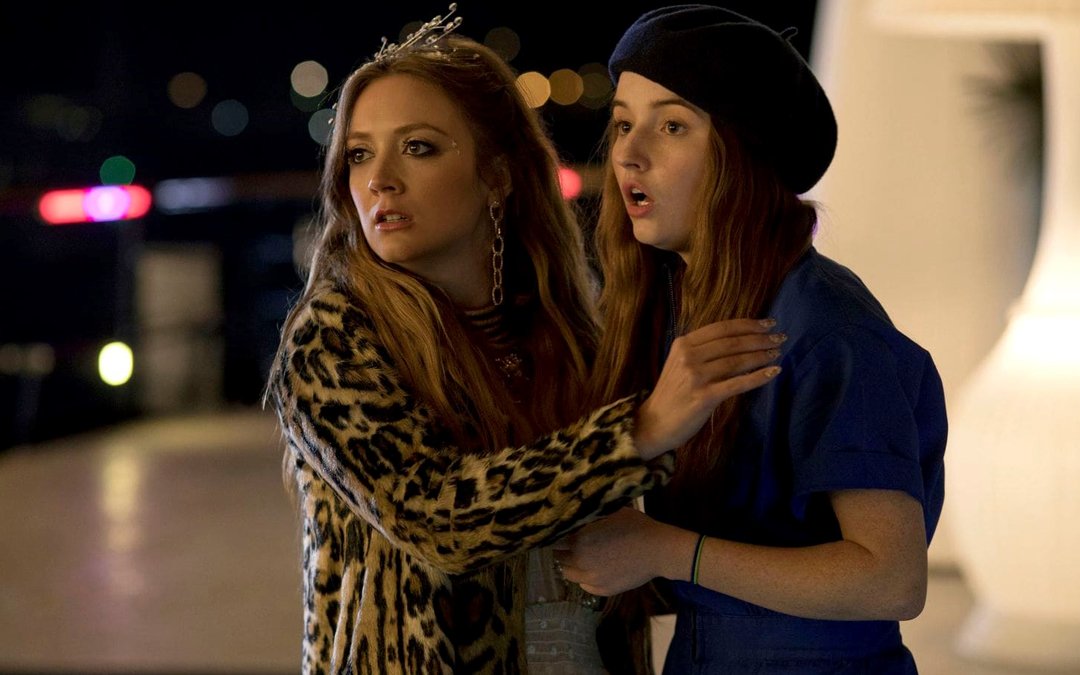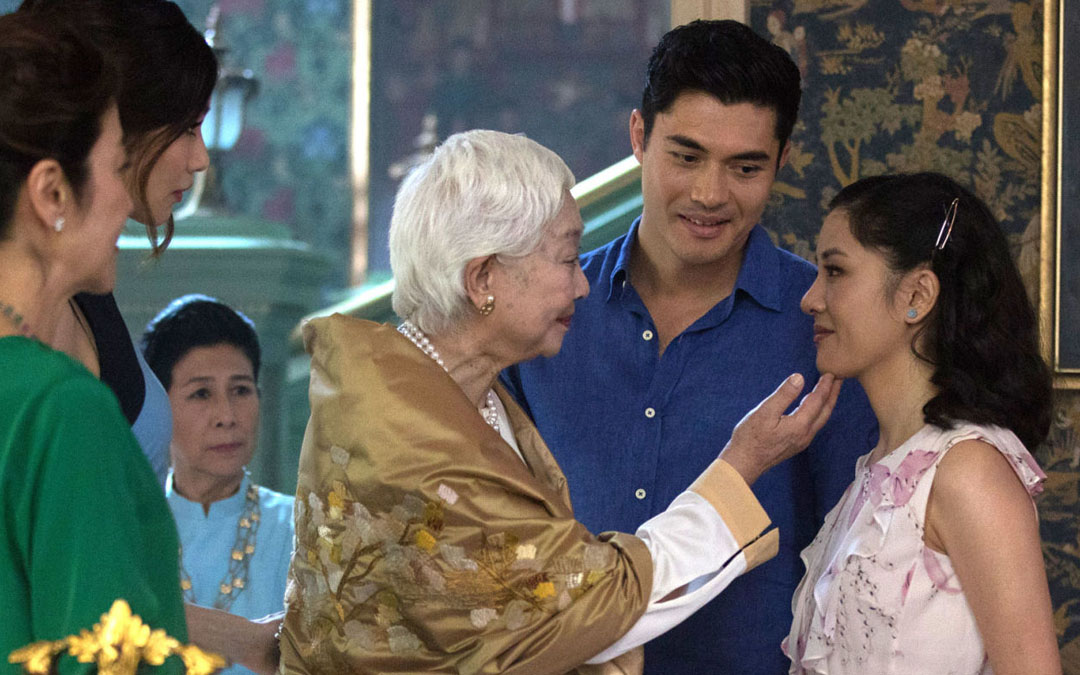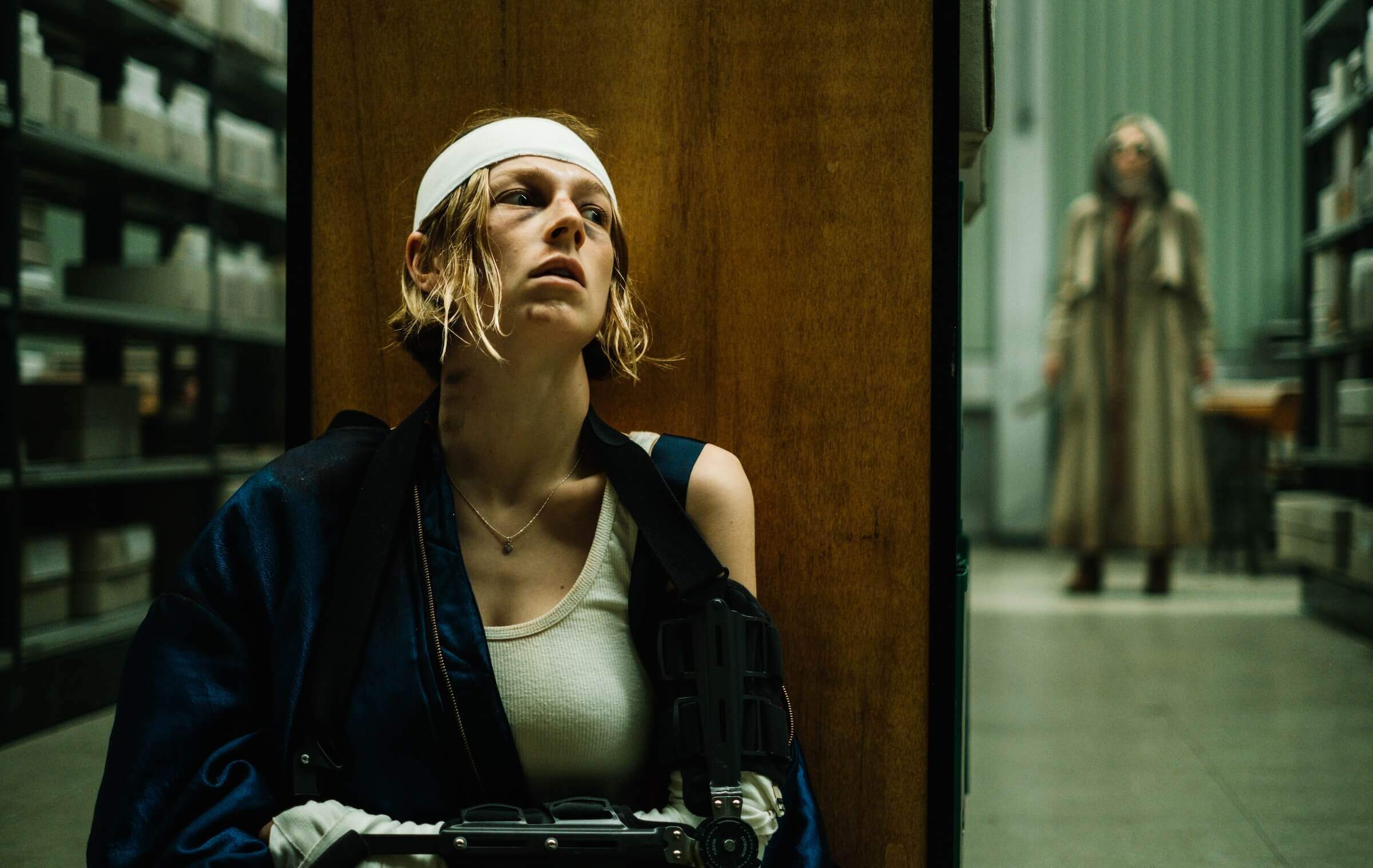All The Write Moves: 'Judy'
October 21, 2019
Beloved entertainers who cannot sustain happiness offstage are fascinating, hence the litany of biopics about troubled actors and singers. The latest movie of this type is Judy, which concerns actress/singer Judy Garland. She gained fame as a child star thanks to films including 1939’s The Wizard of Oz, then endured a problematic adult career before dying at the age of 47 in 1969. Renée Zellweger plays the title role in a performance that has put her in serious contention for a second Academy Award®.
Screenwriter Tom Edge, working from Peter Quilter’s play End of the Rainbow, focuses on Garland’s final run of live performances, juxtaposing flashes of her legendary vocal talent with grim scenes of substance abuse. Edge’s script places much of the blame for Garland’s excesses on bad men she encountered throughout her career, from domineering studio executives to cruel husbands.
Yet the picture features hints of hopefulness; for instance, when Garland’s shaky performance of “Over the Rainbow” becomes a plea for compassion. Balancing beauty with ugliness is tricky, so examining how Edge went about rendering Judy’s bittersweet tone reveals a number of effective techniques.
A gift and a curse
The picture begins with Darci Shaw as Garland at the time she made Oz at Metro-Goldwyn-Mayer. Edge contrives a disturbing scene of MGM boss Louis B. Mayer (Richard Cordery) telling the fragile young Garland that because she’s not pretty enough to be a star, her only value to the studio is her singing talent. Furthermore, in order to make Garland acquiesce to harsh working conditions, Mayer talks about the thousands of American girls who would love to be in her position. His not-so-veiled threat of replacing Garland with someone less demanding intimidates her into compliance.
The use of an illuminating prologue is among the standard tools available to screenwriters of biopics, because one sharply rendered vignette from childhood can easily suggest something fundamental about a character, thereby creating a clean narrative throughline. Edge implies that because Garland’s identity was damaged while it was still forming, it’s no wonder she was a mess later in life.
So how does Edge inject hopefulness into this bleak characterization? He situates Garland’s voice as her greatest blessing and her greatest curse. Garland’s voice provided her livelihood from adolescence to her final years, and her voice created a powerful bond with fans. Unlike other vocalists of the same era who merely sang well, Garland invested her performances with palpable anguish, enabling fans to feel as if they knew her intimately.
Throughout Judy, Edge amplifies the idea that Garland drew strength from the adulation of her audiences, to some degree using their approval as a replacement for the affirmation she didn’t receive when she was younger. At the same time, Edge dramatizes how Garland’s voice became a burden, ensuring that that a “normal” life would always remain out of reach. This thoughtful approach to characterization is the most effective aspect of Edge’s script, because it compels viewers to ask difficult questions about the relationship between audiences and stars.
Takeaway: Suggesting that the thing a character does best also costs the character something dear unlocks dramatic and thematic potential.
Derailed
Once Garland begins her London performances, Edge takes care to remind viewers that even toward the end of her life, she still had the power to thrill by connecting with the right material on days she wasn’t incapacitated by alcohol, drugs or mood swings. At one point, Garland asks her London audience if they want to hear “The Trolley Song,” an iconic number from her film Meet Me in St. Louis (1944), then launches into the tune as dancing girls flit around her with giant feathered fans, a high point of candy-coated escapism.
Then Edge segues into a montage, with “The Trolley Song” providing ironic accompaniment, of young Garland falling into the routine of pills and nonstop work that she more or less continued throughout her life. Pairing an upbeat number with a downbeat montage is another effective means by which Edge blends the various tonalities of Judy. It’s not as if the idea is to taint the cheerful song, but rather to use its propulsive tempo and its happy connotations as a dramatic counterpoint.
For Garland, Edge suggests by way of this montage, the process of creating magical entertainment is inextricably linked with reliance on pharmaceuticals.
This reveals some important notions about how to get the most from montage sequences. First, context matters. Note how Edge set up the montage by introducing “The Trolley Song” before the first shot of the montage. Second, clarity matters. The montage focuses exclusively on tracing a pattern that arcs across Garland’s life. Third and finally, style matters. A bland montage merely splices together snippets of events to conserve screen time. A thoughtfully constructed montage has a discreet artistic intention that harmonizes with the overall artistic intentions of the movie in which the montage appears.
Takeaway: To get the best results from montage sequences, construct and situate them with precision.
Fast friends
Although Judy features many interactions between Garland and people who know her well, the most touching relationship shown onscreen is that between Garland and two men she encounters while performing in London. One evening, after completing her night’s work and exiting the theater, Garland encounters middle-aged couple Stan (Andy Nyman) and Dan (Daniel Cerqueira). These superfans wait outside the theater every night, hoping for an autograph or a chat.
To Stan and Dan’s complete surprise, Garland — who has noticed them in the audience during several shows — asks if they’d like to accompany her for a late-night meal. When the trio discovers that local restaurants have all closed, Stan and Dan get an even bigger shock because Garland accepts an invitation for a home-cooked meal at their flat. A bittersweet evening follows, with Garland giving a private performance and the partners revealing oppression they faced during the years when Great Britain enforced harsh anti-gay laws.
The relationship between these characters pays off in the movie’s final scene, which won’t be spoiled here — although it should be mentioned that the final scene, like every other sequence involving Stan and Dan, is utterly fictional. Edge created the men as stand-ins for the gay community writ large, because for generations the community has revered Garland. Edge also uses the characters of Stan and Dan to suggest that for some fans, the love radiating back at Garland was real and specific, not just impersonal respect for an artist’s gifts.
Considering Stan and Dan raises that most difficult of issues related to biopics: The invented character. It is understood that for dramatic purposes, screenwriters often combine and/or streamline events. Inventing characters wholesale is a different matter entirely. Does a screenwriter who puts fabricated people into the same scenes as real people commit a sort of artistic fraud? Before you answer that question, consider this — doesn’t every biopic, out of necessity, include manufactured dialogue? Surely, not every moment of even the most famous person’s life is recorded for posterity. Therefore, some level of invention is always required in this genre. Who’s to say where the line gets drawn?
In the case of Judy, Stan and Dan ring factually false (their moments are too obviously purpose-built), but they ring thematically true.
Why not invent characters who express in deed and word the way Garland’s music made some people feel? It’s also worth noting that while Edge makes Stan and Dan prominent in the movie’s finale, he does not suggest that they were central to Garland’s life. In that sense, he doesn’t betray history in any significant manner. Instead, he expresses history artistically and subjectively — which, one could argue, was his mandate as Garland’s cinematic biographer.
Takeaway: When writing about real people, invent elements purposefully and sparingly.
Written by: Peter Hanson
Peter Hanson is a Los Angeles-based writer, filmmaker and teacher. He directed the screenwriting documentary Tales from the Script, and he teaches at Pepperdine University and UCLA Extension. He provides script consulting at www.GrandRiverFilms.com.- Topics:
- Discussing TV & Film




